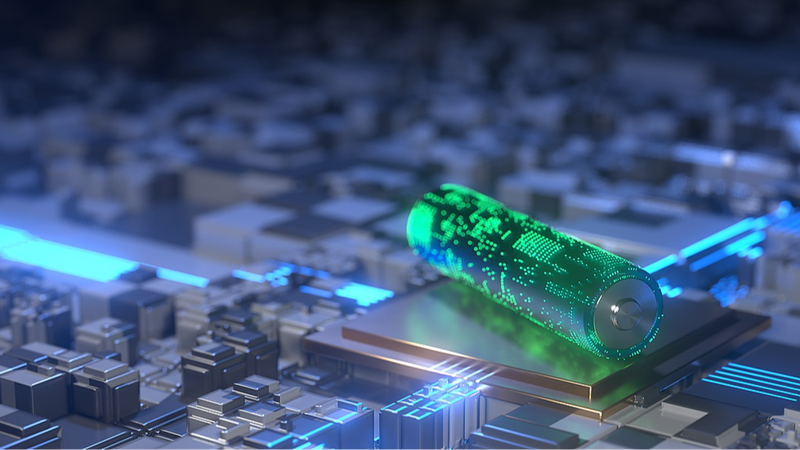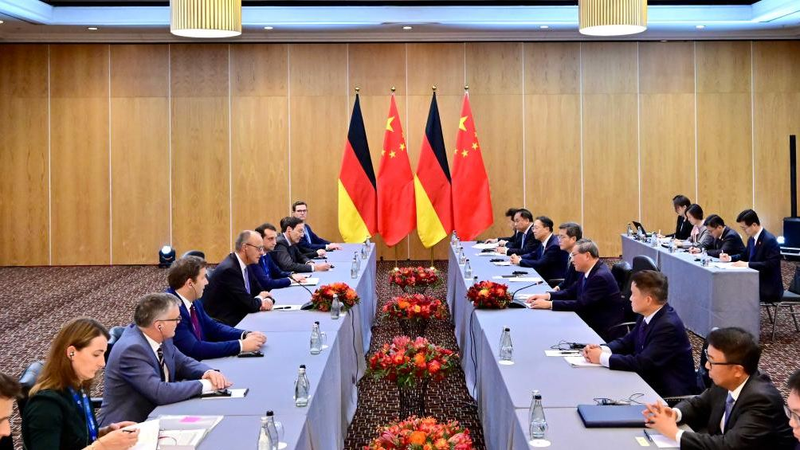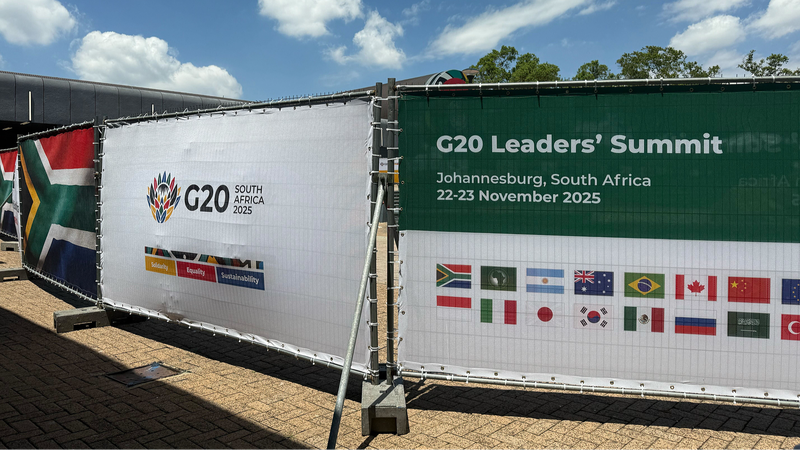Imagine a world where electric cars charge faster, last longer and power our robot companions without the risk of fires or bulky battery packs. Chinese scientists are making that future a reality.
All-solid-state lithium batteries have been hailed as the "grail" of energy storage. They promise higher energy density, better safety and longer lifecycles compared to today's lithium-ion cells. But there's been a showstopper: keeping the solid electrolyte and lithium metal anode in tight contact as batteries charge and discharge.
Now, researchers in the Chinese mainland have engineered a clever self-adaptive interphase that acts like a dynamic bridge between the electrolyte and the lithium metal. Unlike previous designs, this interface adjusts on its own, with no external pressure needed, maintaining intimate contact and eliminating performance drop-offs.
Published in Nature Sustainability, the study marks a decisive step toward commercial solid-state batteries. For EV makers, it could mean lighter vehicles with longer ranges. For robotics innovators, smaller, safer power modules to drive the next generation of humanoid helpers, drones and automated systems.
Industry forecasts predict the global solid-state battery market to soar in the next decade. With this breakthrough, startups, automakers and tech giants have a clear roadmap to scale up production and bring these batteries to workshops, factories and highways worldwide.
As we look ahead, the ripple effects could be huge—from faster-charging city cars in Sao Paulo to agile industrial robots in Berlin. What's your take? How will ultra-safe, high-density batteries reshape our daily lives?
Reference(s):
China develops solid-state battery tech to power EVs and robots
cgtn.com



